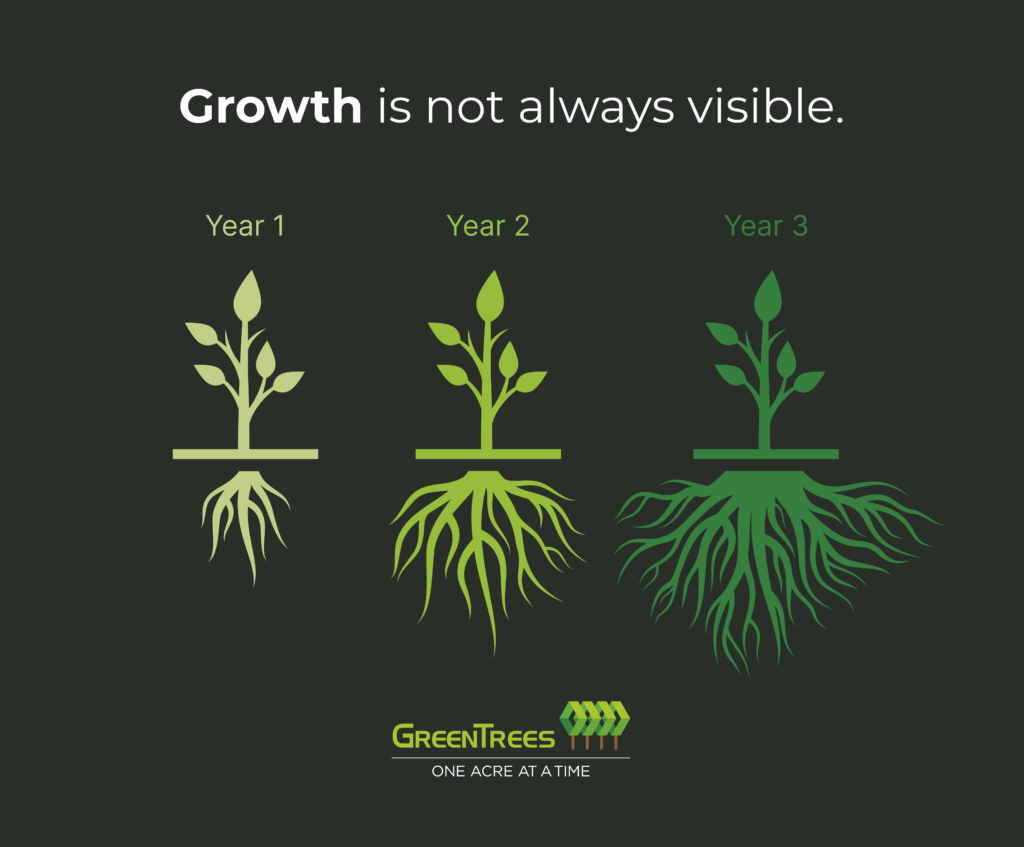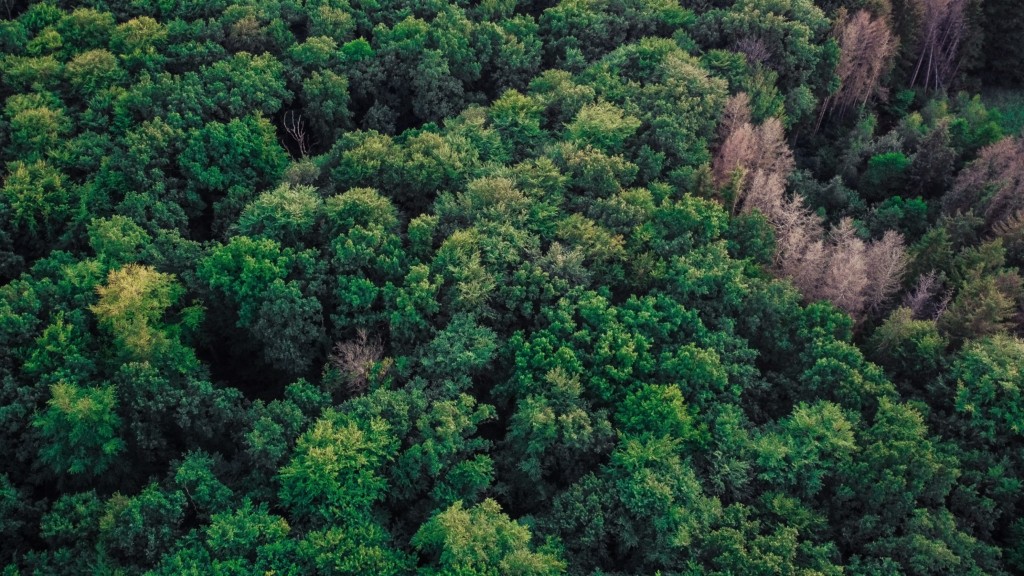Nelson Henderson once wrote, “The true meaning of life is to plant trees, under whose shade you do not expect to sit.” A beautiful sentiment and a lovely image of providing for future generations, but there are more benefits to reforestation beyond planning for a lovely picnic for your grandchildren.
Reforestation, or the growing and nurturing of trees in order to foster and maintain healthy, resilient forests, provides value on multiple levels. On top of what we can see and experience, there’s a growing, forward-thinking movement to connect environmental progress and stewardship financially and so that our natural capital is valued as it should be.
One of the most effective climate change mitigation strategies is reforesting lands affected by natural disturbance events like wildfire or disease or land cleared from planned events like timber harvests. Beyond sequestering carbon, let’s take a look at a few of the benefits reforestation offers that you may not have thought of before.
1. Trees provide a natural barrier against erosion and flooding
A healthy forest with a thriving root system and canopy cover helps to stabilize soil conditions. In this kind of environment, the ground is better able to absorb and store water, minimizing flooding risk and reducing surface runoff.
Trees’ root systems help filter nutrient pollution (nitrogen and phosphorus) that leaches from over-fertilized agricultural fields. Nutrient pollution runs from fields into tributaries feeding bodies of water where algae blooms develop (and die), consuming oxygen that creates giant “dead spots.” The trees’ roots help keep the fertilizer where you want it, not where you don’t.
Trees also offer a protective cover for erosion-prone areas, like steep slopes. This cover shields soil from the direct impact of raindrops (this is surprisingly more harmful than you’d think). Intercepting precipitation before it hits the soil reduces the erosion risk on steep slopes, which can dislodge soil particles and transfer sediment and harmful pollutants downstream.
In Virginia, landowners may grow trees that participate in a state-sanctioned nutrient trading market where (if approved) the trees create nutrient credits that are (like carbon credits) valuable. This is Virginia’s way of offering benefits to those who filter nutrient runoff with trees. Virginia awards the credits and developers (who want to offset the stormwater management issues) buy them.
Finally, the protective covering trees offer can slow down snowmelt, which helps with erosion and flooding in the spring while also sustaining streamflows in the summer months.
Related: For Flood-Weary Farmers, A Way to Stay on Your Land
2. Trees help to clean the air by absorbing CO2, nitrogen oxides, sulfur dioxide and other pollutants from the atmosphere
Right now, reforestation is one of the only ways to remove carbon dioxide from the atmosphere. More than just a catchy, eco-friendly marketing message, this process can slow, limit, and even answer climate change.
As they grow, trees “consume” air, like we do when we take a breath. And like our lungs, trees breathe in harmful pollutants like carbon dioxide, carbon monoxide, sulfur dioxide, and nitrogen dioxide, acting as a natural air filter. Trees can also trap tiny particles of all sorts of atmospheric pollutants on their leaves, branches, and stems.
Even better, as trees continue to grow, the potential for sequestering carbon and other pollutants grows as well, leaving the air cleaner and clearer for years to come.
3. Reforesting your land with native species can also be good for wildlife habitats
Just within the National Forests of the U.S., over 3,000 vertebrate species and an unknown number of invertebrates make their home. These species thrive in the native forests they evolved in and reforestation creates familiar, safe habitats, increasing and restoring the biodiversity these forests provide.
A reforested tract of land will restore biodiversity by making a habitat more hospitable and attractive to native wildlife. As the trees grow, they will provide more food, shelter, and connectivity for migrating species.
4. Planting trees helps with water conservation
A healthy forest will store more water in the soil than an unhealthy or damaged forest, while also ensuring that forests can filter water as it moves through the watershed. By slowing down this filtering process, a healthy forest also increases water retention. By planting trees that provide shade, the canopy will also reduce the temperature within the forest and increase evapotranspiration, keeping the temperature more consistent on hot summer days.
In addition to helping retain water in a basin, a reforested area can naturally reduce water pollutants that would otherwise flow into water bodies and negatively affect plant and animal species downstream.
Related: The Future of the Conservation Easement
5. Tree roots break down soil particles and releases nutrients back into the soil
As we’ve seen already, reforested land dramatically improves soil conditions. By creating a thriving root system, we accelerate the development of the entire forest structure, including desirable native species. This structure aerates the soil and decreases the harmful effects of soil compaction from disturbance, like harvesting or wildfire. This improvement in the soil conditions also allows for the improvement of other processes like water infiltration and storage.
By planting, maintaining, and encouraging native species to grow in reforested lands, we’re actively making forests more resilient to environmental challenges like climate change and wildfire. In addition, reforested areas with healthy, thriving soil conditions provide a source of native seeds for future forest regeneration, giving forests the ability to replenish themselves over time.
6. Trees provide food and shelter for many species, increasing biodiversity and ensuring a thriving local ecosystem
By now, perhaps it’s obvious that simply by planting and maintaining healthy, native forests, we can impact many other things, including native species of animals like birds, fish, insects, and large and small mammals.
Reforestation will improve the resilience of these animal species by giving them improved access to food and shelter and providing them safe corridors to migrate and even improving the genetic diversity of these species.
So many of the benefits of reforestation are things that we can appreciate right now, while also ensuring our future remains rich and full. Clean air and water, improved habitat, providing outdoor recreation and even something as pure as the beauty reforested land will provide for future generations are all things worth fighting for.




